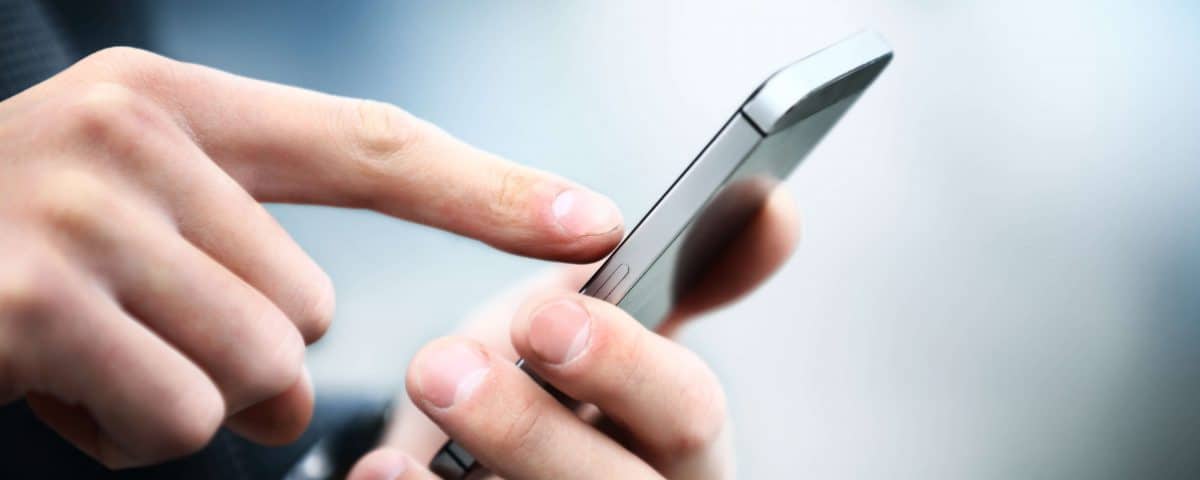for support
(888)123-4567
Finding the right balance between convenience and security is a challenge that many biometric security vendors have been struggling with. In the last few articles, we were weighing the pros and cons that traditional passwords had in comparison with biometric solutions and that one could not work as well without the other.
Examining the availability of biometric security solutions for the mass market, mobile device manufacturers have been able to incorporate fingerprint, voice, and facial recognition capabilities to their devices.
In this article, we will be focusing on the adoption of fingerprint and voice biometric security options, to better understand the effectiveness and shortcomings that have been explored extensively by both companies and users.

Secured with a touch
In the case of fingerprints, the concern that a copy of the fingerprint pattern, or by using a dead finger, can grant access has already been circumvented through capacitive sensors that detect and require a living thumb. Advancements in fingerprint biometrics have gone beyond skin deep, by adding another degree of measurement present through finger vein authentication.
Finger vein authentication serves as a better alternative to fingerprint authentication, with some companies swearing by its effectiveness, requiring no contact and is thus less invasive. Without contact, the chances to make copies of latent, left behind fingerprints are eliminated. Along with better hygiene, and the fact that the scanning is sub-dermal, finger vein verification can stand the test of time where the subject’s vein patterns will not change with age, and unaffected by weather conditions. Let us not forget as well that fingerprint scanning requires constant maintenance of the detection device to ensure accuracy.
Between fingerprint and finger vein readers, hybrids that hold the best that these two methods have to offer have surfaced, increasing the inherent accuracy, and providing more choice for biometric security.

Voice biometrics
Voice recognition as a biometric solution has been around for a long time, giving it the latitude to be developed as a better solution with each iteration. The way that machines and humans interpret voices are vastly different, with machines taking into account the physiological makeup of a person’s voice, to an in-depth analysis of the person’s vocal tract. Voice recognition biometrics come in two main categories, text-dependent or text-independent.
Text-dependent solutions rely on the user being cooperative, while prompted by the system to recite key phrases for identification, whereas text-independent solutions work in the background during regular conversations and tally the user’s existing voice ID to match. Some of the key concerns in using voice recognition have been addressed, and voice recognition has proven robust enough to be used as a biometric security measure by banks. Concerns such as the system being reliable to work in a busy, noisy environment have been smoothed over with better noise cancellation and isolation technology that are readily available in phones. Other concerns such as mimicry from intruders, as well as a different voice that might arise from a cold, are addressed as well, with over 100 behavioural aspects tagged to each individual’s voice.
With voice recognition biometrics, systems can create a better user experience, and customer profile, by gauging the nuances of the voice. Such data is invaluable in the hands of advertisers, and companies, warranting a big push from tech giant Amazon who is keen to get other services on board. However, not everyone is on board, with some scepticism attributed to hacking, and ethical issues.

Where biometrics is headed
Despite the advancements in both fingerprint and voice biometric security measures, in the coming year, both methods would most likely be playing second fiddle to facial recognition as the first point of contact for biometric security. With Apple ditching their Touch ID for Face ID in 2018, a precedent has been set for greater emphasis on facial recognition technology as both a means of security and convenience, seeing the rapid changes in biometric solutions that are adopted by the world poses a few questions.
Are the solutions offered able to keep up with security demands? Are we giving each solution enough time to grow and be more reliable, or are we moving ahead too quickly, before each option has had a chance to show true maturity to be a good enough fit as a security measure?
What do we have to look forward to and look out for, if trends persist when facial recognition or other forms of biometric security become a mainstay in our lives?
Check out the GTRIIP blog to find out about the latest trends in biometric security, and how our keyless, document-less check-in biometric solution will make your life easier. Do you think we are ready for a world where we rely solely on biometric security? Share and discuss with us in the comments section below.